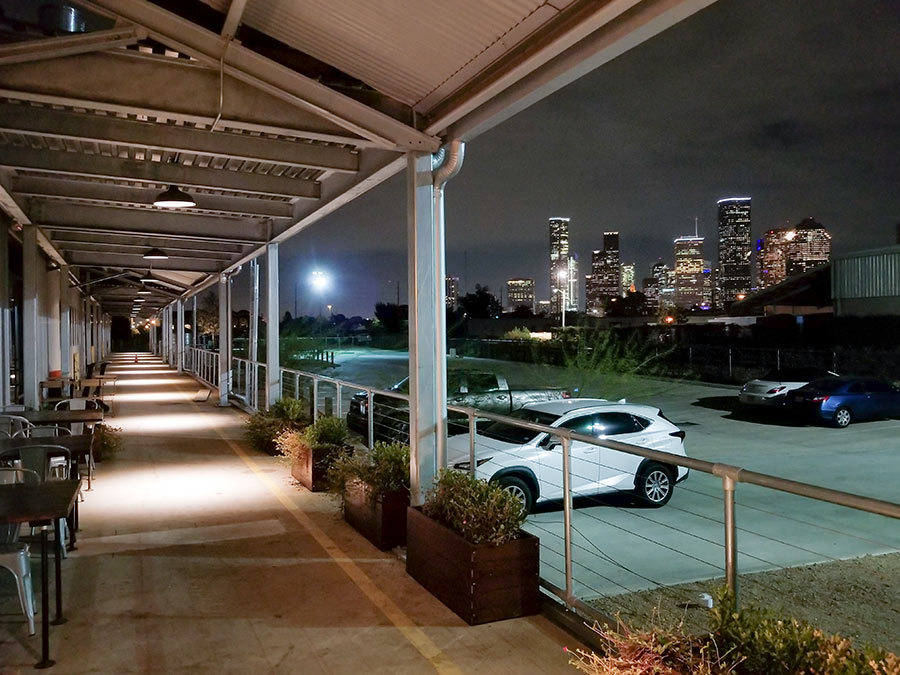
- Eagle Energy Inc. To Move Out of Downtown Office [HBJ ($)]
- Super Bowl and World Series Boosted Airbnb Visitors to Houston [Houston Chronicle]
- Willie G’s Seafood Opens at Post Oak Hotel at Uptown Houston [Click2Houston]
- Studies Show Benefits of Houston Light Rail on Property Values, Commercial Development [The Urban Edge]
- How Metro Falls Short of Its On-Time Goals for Bus and Rail Service [Houston Chronicle]
- Meyerland’s Los Tios Restaurant Reopens After Harvey Flooding [Houston Chronicle]
- Houston’s City Beautification Efforts Might Also Fight Future Flooding [Grist]
- 5 Harvey-Damaged Houston-Area Libraries Getting Grants from The Laura Bush Foundation for America’s Libraries [Houston Chronicle]
- Buffalo Bayou Partnership To Reconsider Master Plan Post-Harvey [Houston Public Media]
- 5 Questions Facing Houston in 2018 [The Urban Edge]
- Environmental Working Group: Texas Has the Most Contaminated Drinking Water in the Country [Houston Chronicle]
- All the Road Closures for Sunday’s Chevron Houston Marathon [Houston Chronicle]
Photo of Sawyer Yards: Mark Longoria via Swamplot Flickr Pool
Headlines





Re: lightrail adjacent property benefits/development/values
It’s probably less due to the actual lightrail, and more due to the reduced city land regulations along the lightrail. If a developer is able to build less parking and have reduced setbacks in a particular area, they’re going to be incentivized to build there because their developable square footage increases relative to land size and cost.
Richmond Ave is a good example of this. The light rail isn’t there yet (and may never be) but you have developments like Kirby Grove and 4306 Yoakum that take advantage of transit corridor code incentives.
Simply reducing the city parking requirements by 20-25% in a particular area would instantly have many of the same property effects as the lightrail areas. No lightrail needed. Better yet- it’s FREE to taxpayers and the city.
Light: Or, when you take the governments boot off of a property owners neck, the value increases. Makes sense.
Metro we’ll get you there….. when we feel like it..
The light rail studies are nonsense. The exact same types of redevelopment that is happening near the light rail is happening all over the inner loop. Light rail station proximity has zero to do with it.
Yeah, light rail has had such an impact that it took them almost 15 years to finally fill in the super block south of McGowan.
I have yet to see definitive evidence that light rail was the major factor enabling private sector, for-profit development, though it probably played a supportive factor for some investment decisions. The principal projects I can think of in this regard are Venue Museum District and Mid-Main.
.
A similar statement can be made about the stadiums. For example, the Dynamo Stadium is not the primary investment that caused the growth of EaDo, though it may have increased awareness of the area.
.
Generally, a transportation investment is going to have to be truly transformative in terms of access and mobility to be claimed as the principal cause of new investment. I don’t think we can say that light rail in the manner it has been deployed in Houston fits that description.